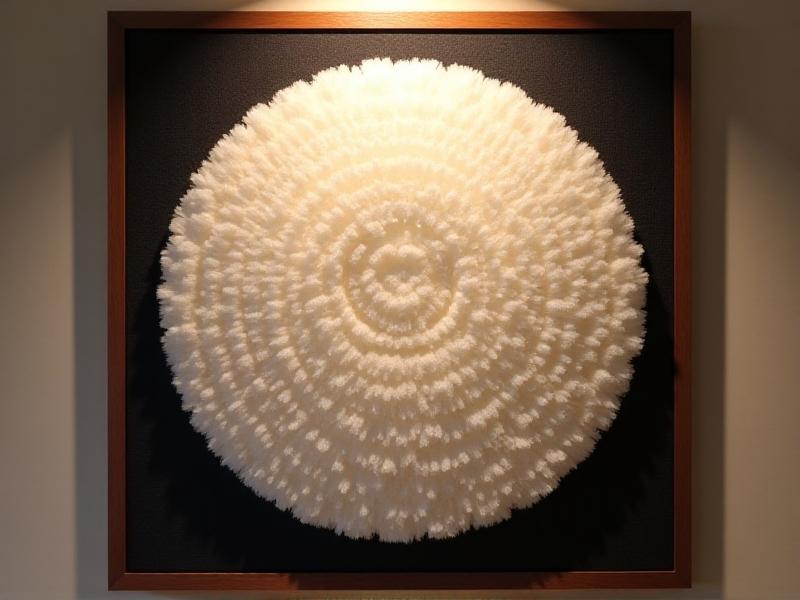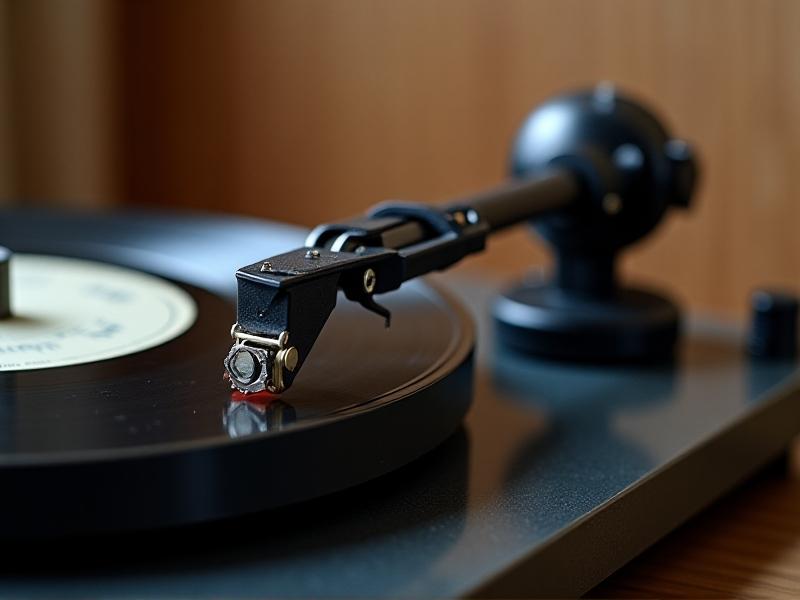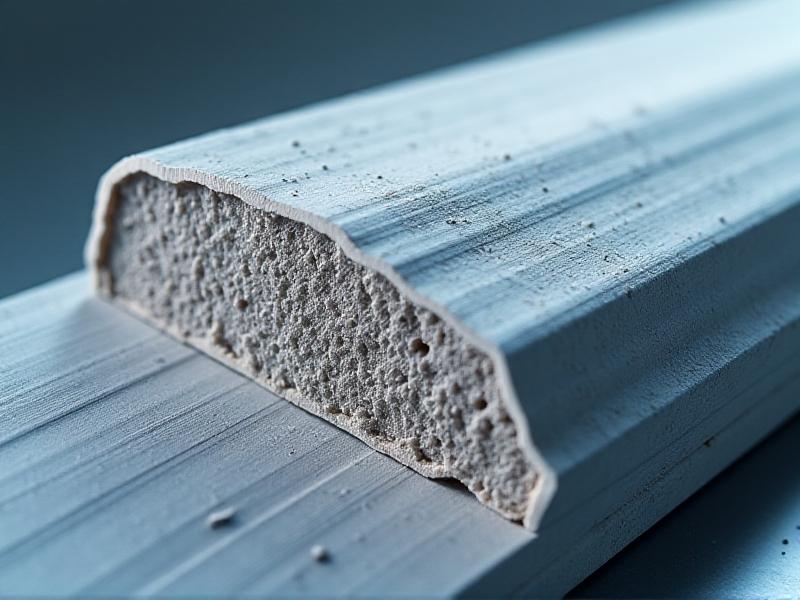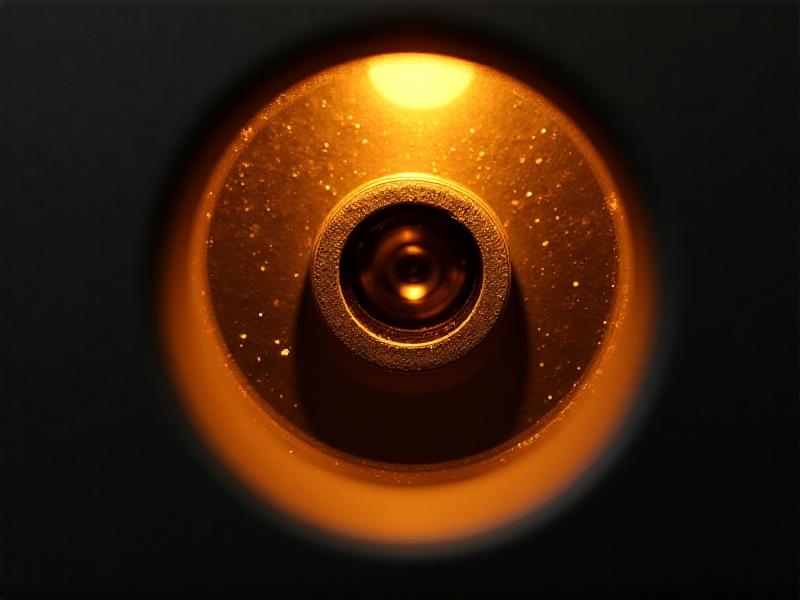Acoustic Dacron Fiber Refilling
What Is Acoustic Dacron Fiber Refilling?
Acoustic Dacron fiber refilling is a specialized process used to rejuvenate or replace damping material in audio equipment like speakers, subwoofers, or acoustic panels. Dacron, a type of polyester known for its durability and sound-absorbing properties, is commonly used to control vibrations and enhance sound clarity. Over time, existing fiber material can compress, degrade, or shift, leading to diminished audio performance. Refilling involves adding loose Dacron fibers to restore optimal density, ensuring consistent sound absorption and resonance control.

The Role of Dacron in Acoustic Engineering
Dacron’s lightweight yet resilient structure makes it ideal for acoustic applications. Unlike heavier materials, it dampens unwanted resonances without adding significant mass. In speaker enclosures, Dacron minimizes standing waves, while in acoustic panels, it absorbs mid-to-high-frequency reflections. Its non-toxic, hypoallergenic properties also make it suitable for environments like recording studios or home theaters. By maintaining airflow and preventing moisture retention, Dacron ensures longevity in diverse acoustic setups.

The Science Behind Acoustic Dacron Fiber
Dacron’s effectiveness stems from its fibrous structure, which creates friction to dissipate sound energy. When sound waves enter a Dacron-filled space, the fibers scatter and absorb kinetic energy, reducing echo and reverberation. Studies show that fiber density directly impacts absorption coefficients—loosely packed fibers excel at higher frequencies, while compacted layers target lower ranges. Material engineers often balance fiber quantity and distribution to achieve desired acoustic outcomes across frequencies.
Step-by-Step Guide to Refilling Acoustic Dacron Fiber
Refilling starts with disassembling the equipment to access the damping chamber. Old or degraded fibers are removed using vacuum tools or tweezers. New Dacron is then evenly distributed, avoiding overpacking to prevent stiffness. For speakers, a layer thickness of 1–2 inches is typical. Professionals often test the enclosure’s resonance post-refill using frequency sweeps. Safety gear like masks and gloves is recommended to avoid inhaling microfibers during the process.

Benefits of Regular Acoustic Fiber Maintenance
Consistent refilling preserves audio fidelity by preventing frequency imbalances caused by material fatigue. Well-maintained Dacron extends equipment lifespan, reducing the need for costly replacements. It also adapts to evolving acoustic needs—adding more fiber can enhance bass response in a home theater, while sparse filling suits voice-centric environments. Regular maintenance also mitigates heat buildup in high-power systems, safeguarding internal components.

Applications Beyond Studio Equipment
Dacron refilling isn’t limited to audiophile gear. Automotive manufacturers use it in car doors and dashboards to reduce road noise. Architects integrate Dacron into theater walls for sound isolation, while HVAC systems employ it to dampen ductwork vibrations. Even consumer electronics like soundbars and headphones benefit from periodic fiber replenishment to maintain noise-canceling efficiency.
Environmental Impact and Sustainability
Dacron’s recyclability positions it as an eco-friendly alternative to foam or fiberglass. Refilling reduces waste by reusing existing enclosures instead of discarding them. Manufacturers are exploring bio-based polyester variants to lower carbon footprints. However, microplastic shedding remains a concern, prompting research into biodegradable binders and closed-loop recycling systems.
Future Innovations in Acoustic Materials
Emerging materials like aerogels and graphene-infused fibers promise even greater sound control with thinner profiles. Smart textiles with embedded sensors could self-adjust density based on real-time acoustic feedback. Meanwhile, AI-driven simulation tools are streamlining refill processes by predicting optimal fiber distribution for custom environments.







